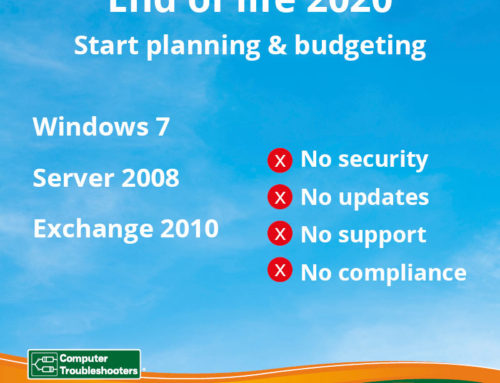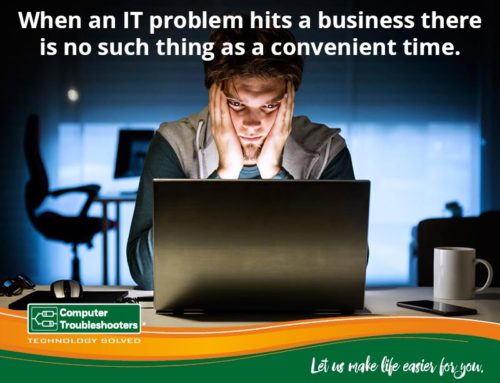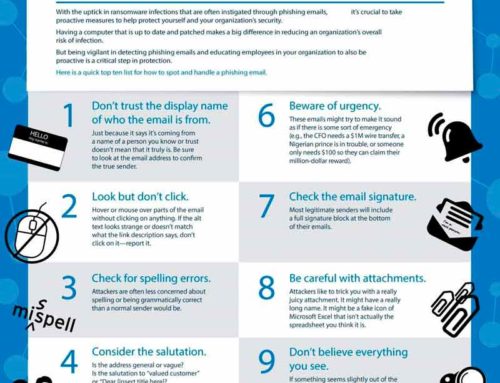Reducing business costs is a “no brainer” win for most businesses, you get the upside directly into your net profit without investing more capital & the gains are ongoing. So in your business, where are the best areas to look for cost savings?
The hierarchy of costs in most business are;
- Cost of Goods – cost of goods sold, distribution costs, inventory holdings and losses.
- Payroll – staff wages, superannuation, annual leave, long service leave, workers compensation,
- Overheads – rent on premises, travel, insurance, car, utilities, telecoms, broadband, & IT systems.
- Marketing – advertising & promotion, printing, postage, web marketing, agency & creative costs.
- Transactional Costs – banks charges, credit card charges, freight.
- Outsource – accountant, lawyer, cleaning, specialist support services.
How to finding cost savings in your business?
While every business is different, as a business owner you can employ the same strategies as large corporates or cost analysis teams use to find cost savings:
- Request Quotes – from existing & alternative suppliers.
- Reduce Investment – seek alternatives to investing in new infrastructure or assets.
- Operations – is there a better or new way to operate to achieve your operations goals?
- Review Business Practices – does your current staff structure match your current requirement?
- Support – internal staff versus external outsourcing.
When performing this task to finding cost reductions, quite often the answers are not available internally. Often external suppliers & outsourcing companies can tell you about alternatives and what competitors have done that might deliver savings to your business.
In our business we call this an “IT assessment”, where we go into a company and look at their current IT setups, review their business practices, assess their operational goals, and then give recommendations.
How to find ICT cost savings in your business?
We recommend the same approach as the generic saving strategies above: here are some examples of how these types of saving can be achieved;
Telephones & mobiles
- Ask you existing supplier for a current contract, approach alternative telco for quotes on mobiles, landlines & broadband; this should be done every 2 years as plans change often, particularly with data allowances growing. Remember to approach the SMB focused channels as they generally have cheaper plans to retail shops.
- Introducing a BYOD (Bring Your Own Device) policy for your business, providing only calls and data to employees this saves contracting phones and tracking devices while the employee get to use their favourite device (iPhone or Android) without you footing the bill.
- VOIP (Voice over broadband) developments have meant that roaming between office, home, travelling, or even overseas can be seamless to the caller – this means your phone number can follow you around and have integrated messaging with email & SMS.
- Businesses can reduce investment by not investing in a physical PABX, but using a hosted PABX which is VoIP enabled. Charges are typically by the seat by the month but with cheaper calls and full PABX capabilities.
- Office 365 includes features such as Skype for Business & Yammer (an internal social media platform) that allows teleconferencing, cheap external calls, internal messaging, and profile tracking that could reduce your external communication & travel costs.
IT Systems
- If you have an external supplier for IT support ask them for a new contract and at the same time seek an IT assessment from another supplier. The key is to compare similar service levels and requirements, at the very least you can be assured you are getting value.
- If you have internal staff managing your IT then you need to compare costs against the outsourced alternatives. Requesting an IT assessment from an external IT support supplier will be enable you to compare costs, remembering internal staff carry at least a 30% overhead component above their wage cost. Internal staff are often not aware of alternatives or may have a vested interest in not recommending substantial changes to IT support & systems.
- The development of Cloud Computing has meant that many SMB’s can change business practices & IT structures by shedding internal IT staff, reducing internal IT infrastructure, and outsourcing the remaining support requirements with savings of up to 50% of costs.
- Switching from internal infrastructure to hosted infrastructure, such as Office 365, can save you on the substantial initial capital investment for hardware & licences. It can also provide flexibility for future growth/decline, plus you save on running costs for rent, air conditioning, electricity, and on premise support that is a necessary part of having an on-premise infrastructure.
- Cloud hosted systems such as Microsoft Office 365 offer great flexibility & save time for staff to access email and data while not in the office (in fact it can be accessed from anywhere around the world), & from multiple devices. This can only be delivered securely by the centralised Office 365 portal developed for remote management & administration of business accounts.
- We often find that some companies just use their main business application vendors support desk for general IT support. This can be a very expensive approach to IT support – we recommend splitting applications vendor support from the general IT on premise & user support, this can again save up to 50% of the general IT support costs.
Reducing business costs is great way to improve your businesses bottom line, but it does require a focus on seeking alternatives to current operations and structures.
Call us for an IT Assessment to help find cost savings & reduce your IT costs?
So there are few ways you can drive more savings from your ICT. Ultimately for business we recommend giving us call so we can make a time to discuss your needs and put together recommendations on how we could help your business save ICT costs.
Let the experts at Computer Troubleshooters work with you to assess your IT needs and develop a customized plan for your business to reduce your costs. Give your local Computer Troubleshooters office a call and one of our computer professionals will be happy to help you





